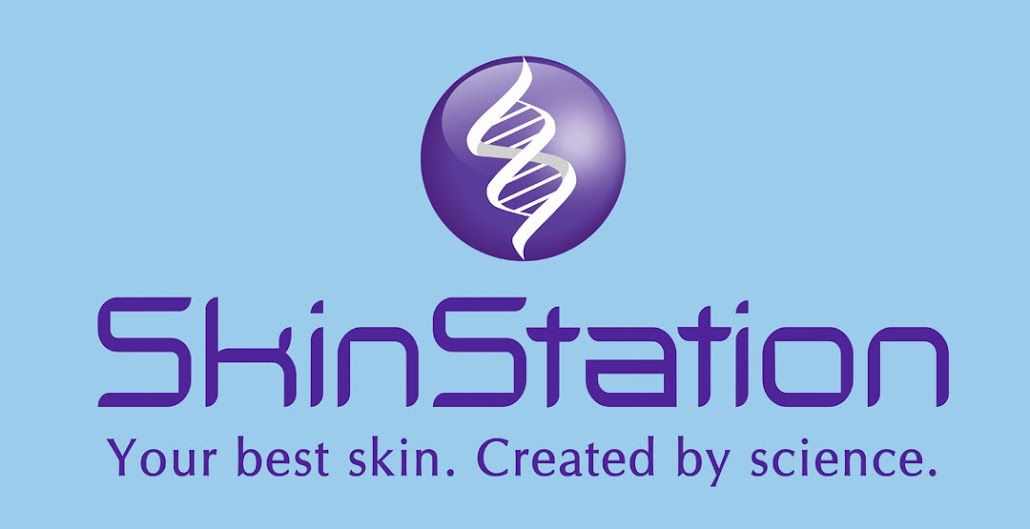Stem Cells in Skin
Care: Hope or Hype? (Part 1)

Stem cell is touted as the new miracle cure in anti-aging, and has found its way in skin care application. Is it the greatest advance in anti-aging skin care, or is it just a lot of marketing hype? Both answers are probably correct, depending on the source, processing, and application of the stem cells.
Stem cells are a part of all living things: plants, animals, and humans. They have the ability to develop into different cell types, and continue to divide almost indefinitely. When a stem cell divides, the daughter cells have the potential to either remain a stem cell, like the parent cell, or they can differentiate into cells with a more specialized function. (See diagram below.)
Skin Stem Cells
 The skin stem cells are located at the base (basal layer) of the epidermis. When the cells divide, they form more stem cells, and daughter cells that progressively differentiate into skin cells as they travel through the epidermis. They eventually degenerate and die as they reach the skin surface. The skin that you touch is composed is composed of dead keratinized cells that are shed. Skin stem cells continuously renew the epidermis, with a normal turnover of 25 - 30 days.
The skin stem cells are located at the base (basal layer) of the epidermis. When the cells divide, they form more stem cells, and daughter cells that progressively differentiate into skin cells as they travel through the epidermis. They eventually degenerate and die as they reach the skin surface. The skin that you touch is composed is composed of dead keratinized cells that are shed. Skin stem cells continuously renew the epidermis, with a normal turnover of 25 - 30 days.Skin Aging
As we age, the stem cells begin to regenerate more slowly, with skin cell turnover likewise slowing down. Dying cells begin to outnumber their regenerated counterparts, which lead to signs of aging. It is for this reason that stem cells make an intriguing additions to anti-aging products. These expensive anti-aging products claim having stem cell ingredients from plants, animals, and/or humans.
Plant stem
cells are frequently derived from Swiss apple, grape seed, lilac, melon, rose
or rice plant. These plant-based stem cells can be found in many expensive
anti-aging products. Are they beneficial to the skin? Yes. They have properties
not unlike antioxidants and are an excellent source of protection against free
radicals.
But do plant stem
cells stimulate the body's human stem cells? NO! It’s a clear case of marketing
hype based on contentious scientific assumptions. Human cells communicate by a
complex symphony of biochemical signals exclusive to the animal kingdom. There
is no way plant stem cells can relate to human stem cells.
Animal and Human Stem Cells
While it is logical to assume animal and human stem cells will provide a better source of ingredients than plant stem cells, that is not always the case. This will be our topic in Part 2.
Animal and Human Stem Cells
While it is logical to assume animal and human stem cells will provide a better source of ingredients than plant stem cells, that is not always the case. This will be our topic in Part 2.
_______________________________________________________________________
This was published in the July 31, 2012 issue of Manila Bulletin, Lifestyle Section. The author is the CEO of SkinStation.
He received the 2011 Outstanding Chemist Award from Professional Regulations
Commission for his achievements in the field of cosmetic chemistry. He can be
reached at fred.reyes@skinstation.ph.














